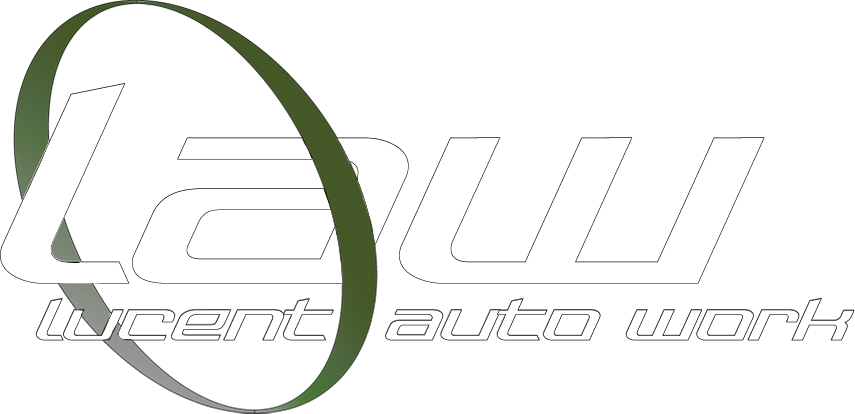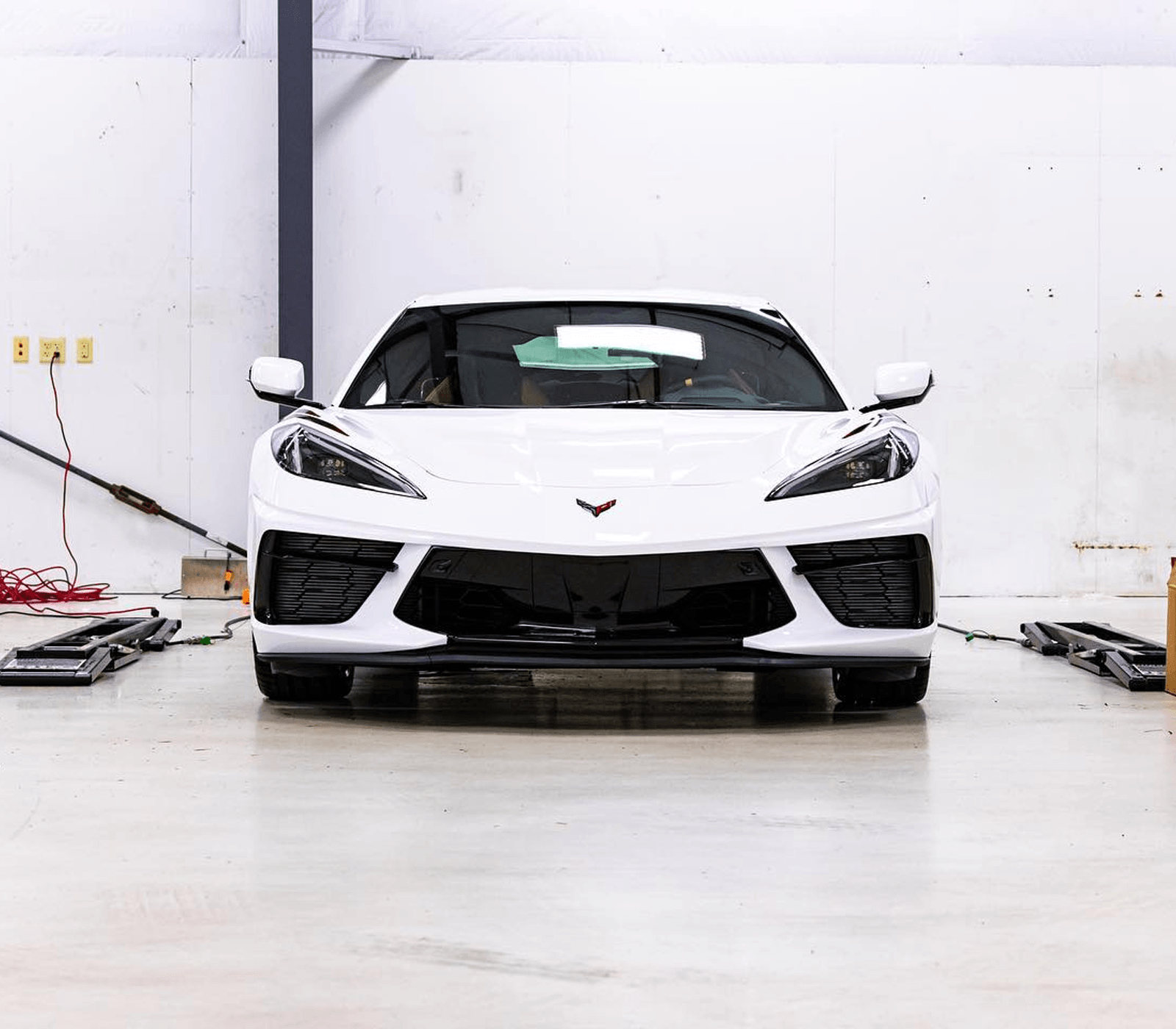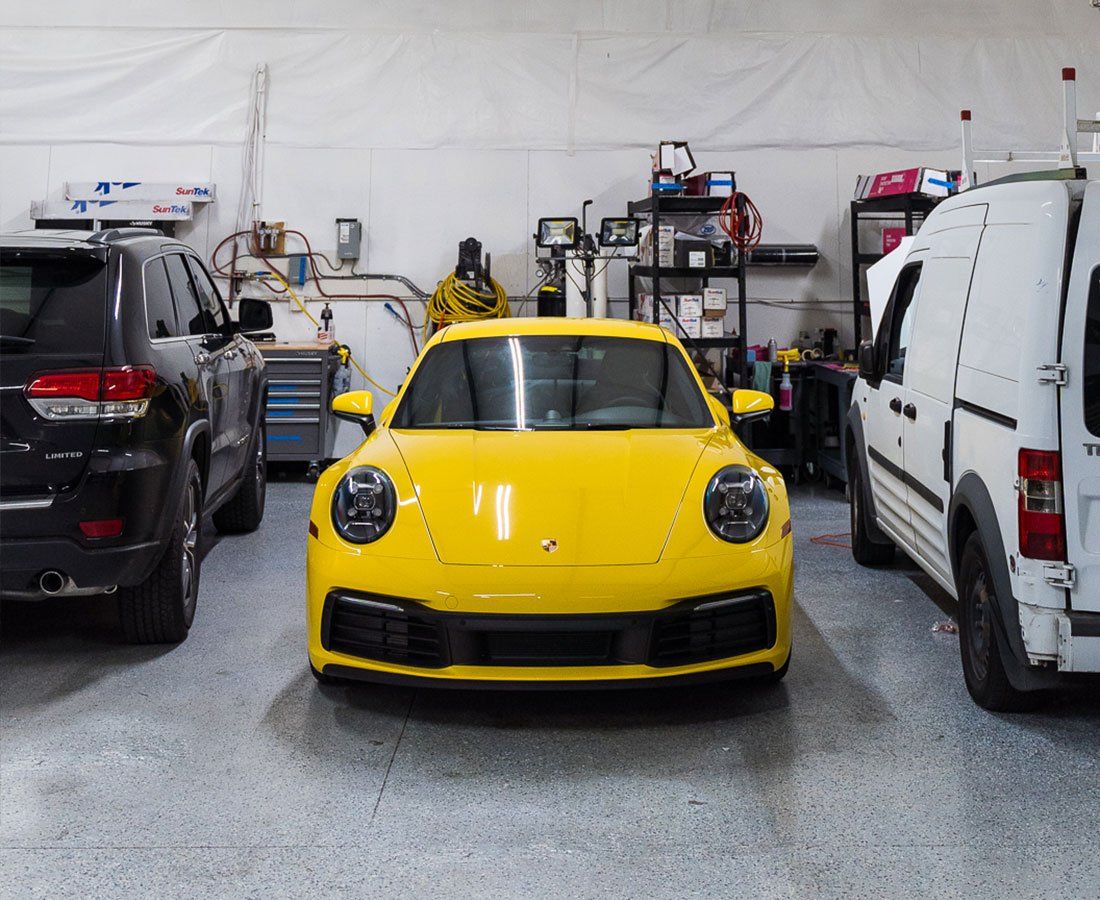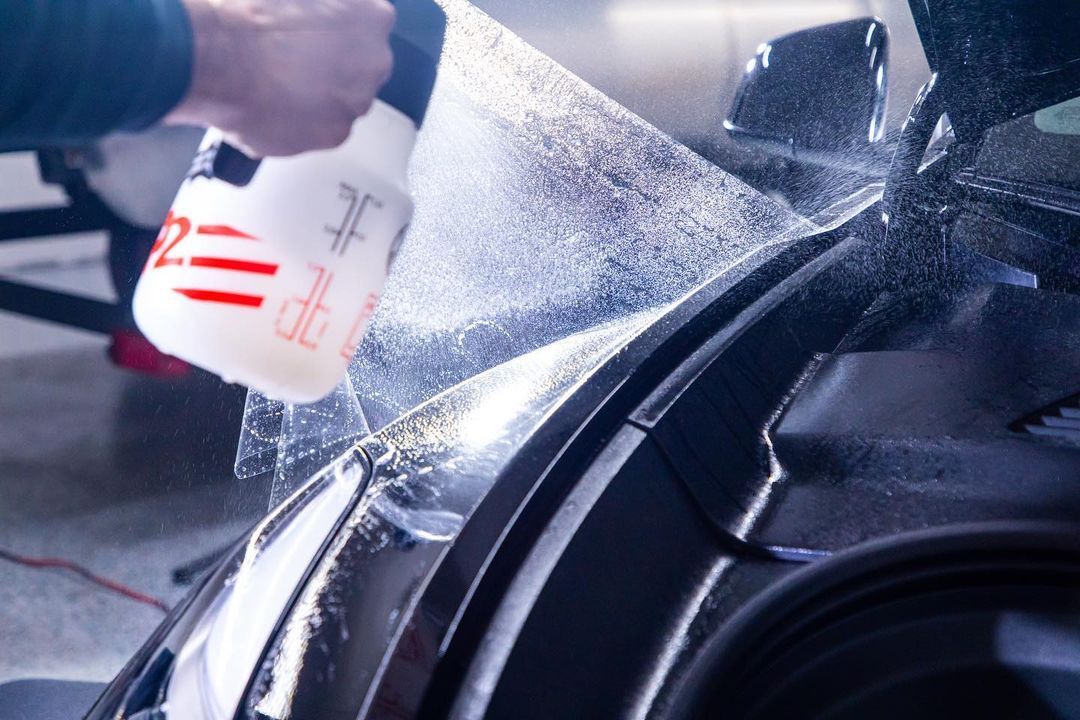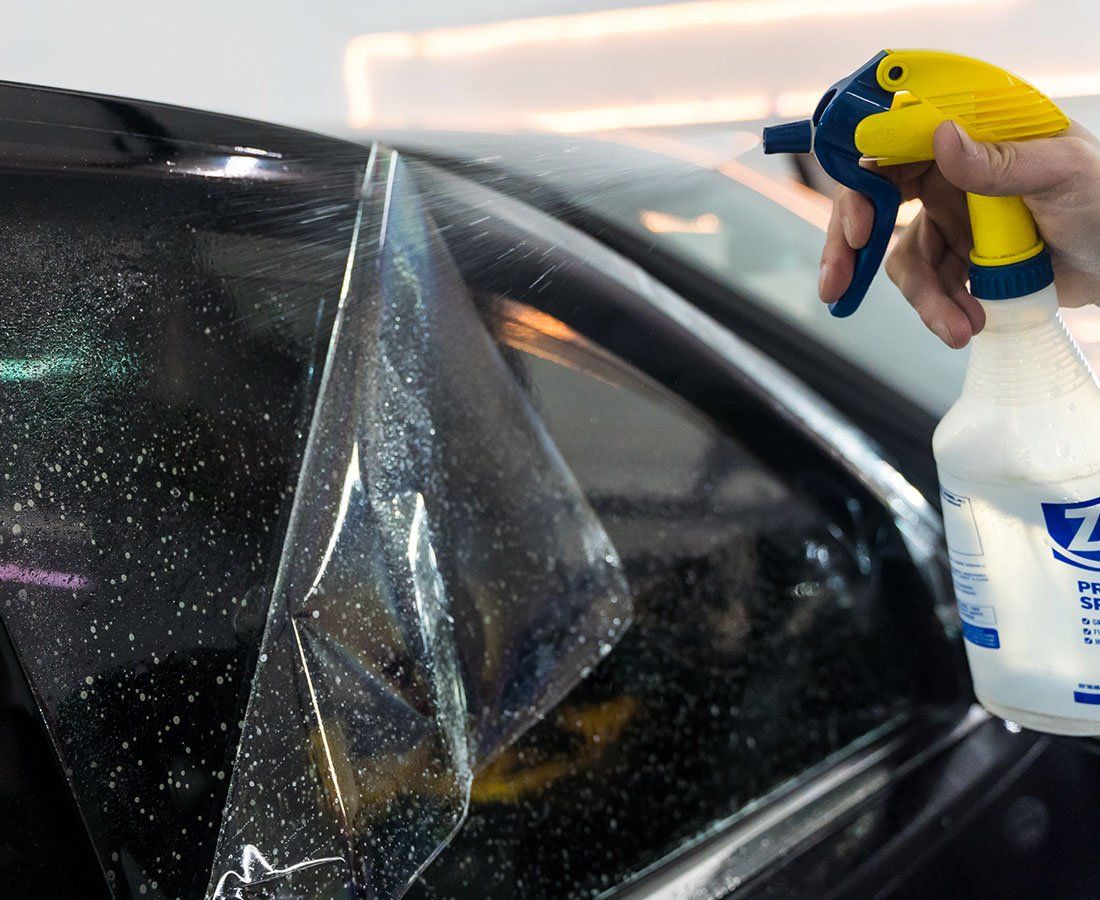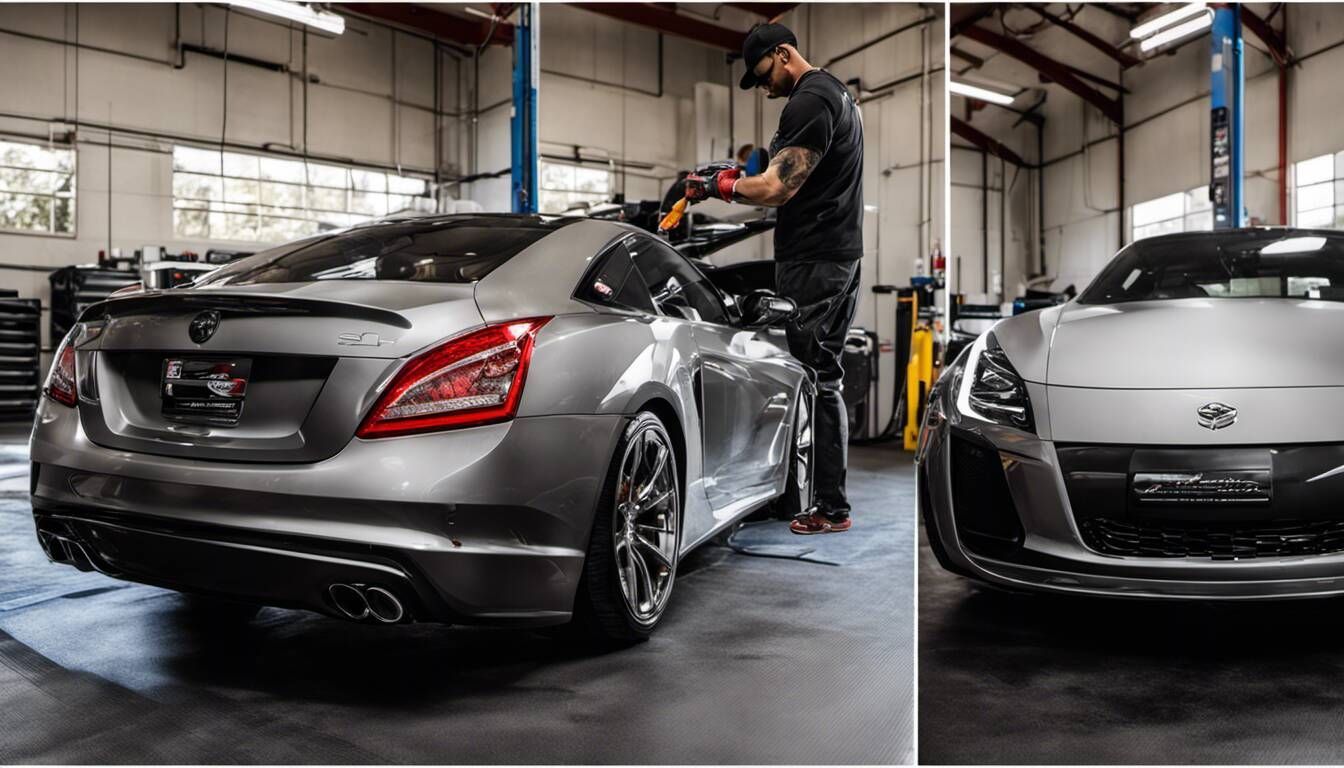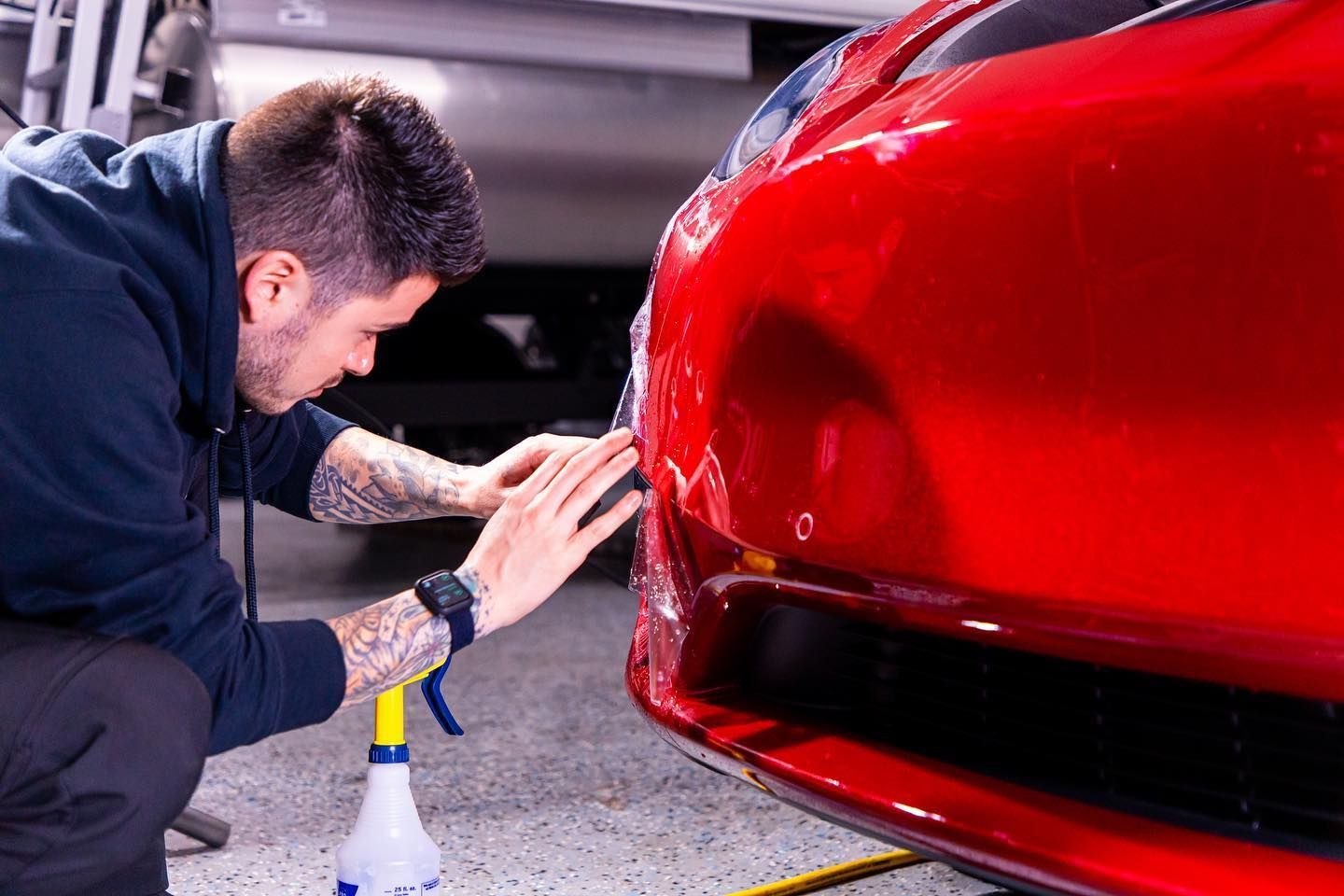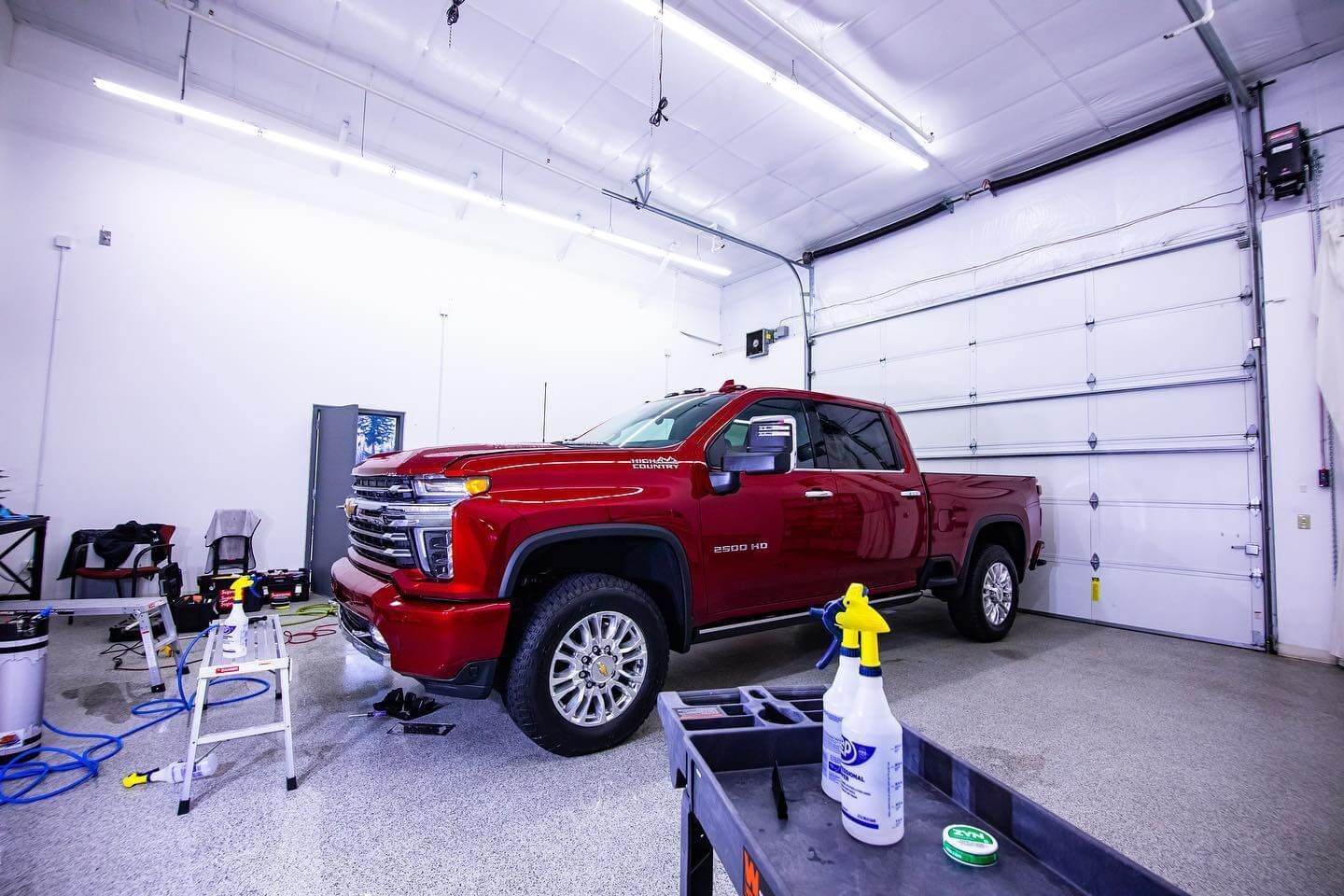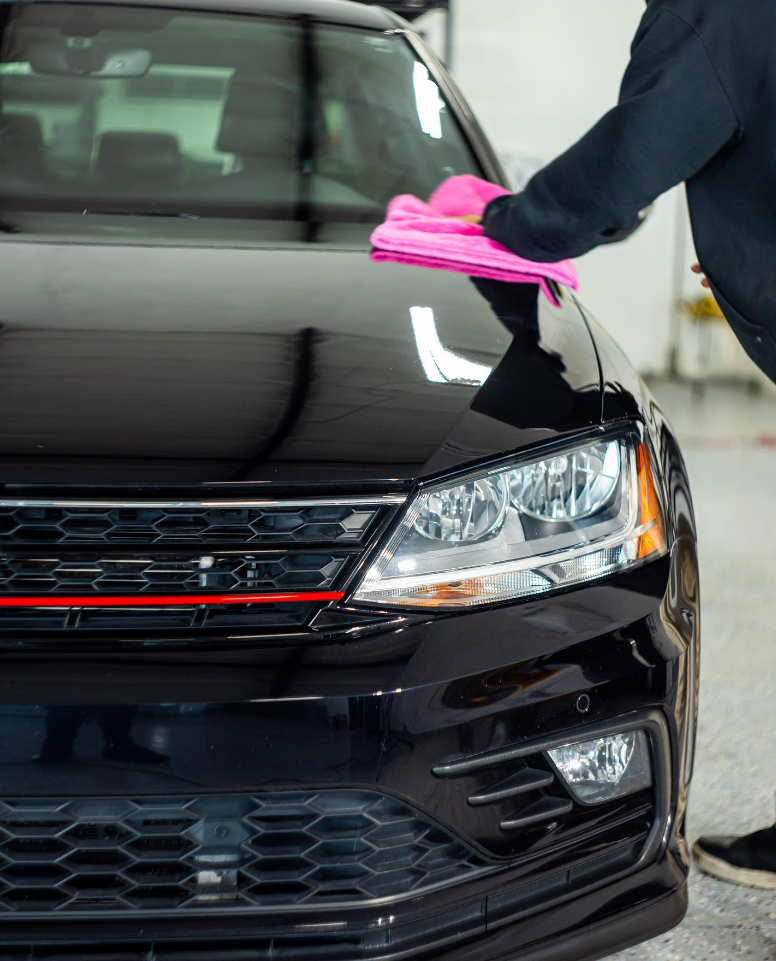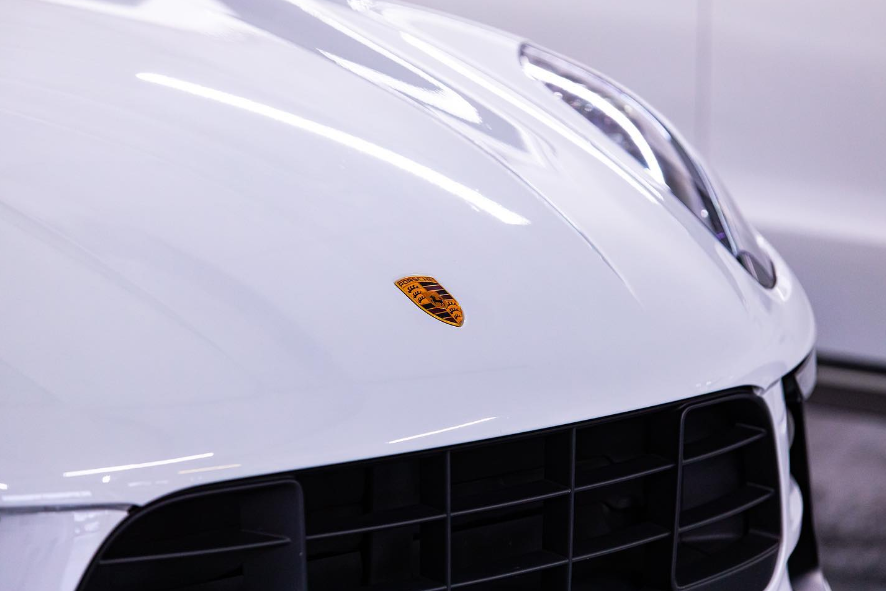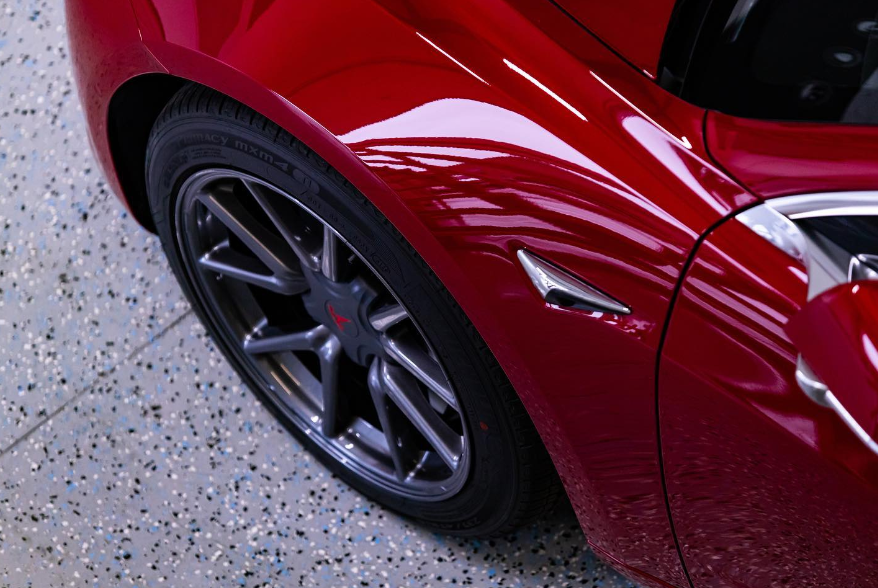Investing in Paint Protection Film (PPF) for your vehicle provides it with a protective layer against scratches, road debris, and environmental elements. However, just like any protective gear, PPF requires proper care to maintain its strong defense and sleek appearance. If you’re wondering how to ensure that your PPF stays in top shape for years to come, you're not alone. Many car owners share this concern, intrigued by how simple daily habits can make a big difference. In this article, we’ll share essential tips that will help you keep your PPF looking brand new while maximizing its lifespan. With the right approach, protecting your investment can be hassle-free!
To keep your Paint Protection Film (PPF) safe from degradation, you should wash your car regularly using a pH-neutral soap, avoid stacking incompatible waxes or sealants, and promptly address contaminants like tree sap or bird droppings. Additionally, utilizing gentle cleaning tools and periodically inspecting the edges of the film can help preserve its protective qualities over time. Its sheen and durability can also be improved by using a premium polish made especially for PPF, adding another layer of defense.
Maintaining Protective Film Integrity
First and foremost, washing your vehicle regularly is essential. Utilizing a pH-neutral soap will help remove dirt and contaminants without damaging the film. A thorough wash keeps your car looking pristine and prevents buildup that can lead to degradation of the film over time.
After washing, be mindful of the drying process. Instead of letting it air dry, where water spots and minerals may set, you should grab a clean microfiber towel that’s gentle enough not to scratch your film surface. The soft fabric is crucial, and using it correctly can preserve the integrity of your PPF for much longer. Notably, using a static car dryer is another effective way to eliminate water without risking scratches.
Addressing small contaminants quickly is equally important. If you notice substances like tree sap or bird droppings on your PPF, don’t wait for them to settle. Promptly use a PPF-safe cleaner designed to lift these substances without harming the film. Leaving these contaminants unattended can lead to staining or even damage that may require costly repairs.
Additionally, regular checks—every few months—of the edges and seams of your PPF are vital. These areas are prone to lifting due to heat cycles, environmental exposure, or wear from road debris. When you spot any lifting, utilize a soft rubber squeegee to gently re-adhere the edges; sometimes, even pressing down with a microfiber cloth is enough to fix minor lifting. Keeping these areas secured can prevent further deterioration and maintain the overall effectiveness of your PPF.
You might find it interesting that, according to a 2023 survey by AutoProtect, as many as 70% of PPF failures originate from edge degradation. This statistic underscores the critical importance of closely monitoring these fragile edges during inspections.
Ongoing commitment and knowledge about effective cleaning techniques and prompt actions toward minor issues are key in protecting your investment in Paint Protection Film. With the strategic use of polish and these insights in mind, we can now explore the methods that will take your car care routine to the next level.
Proper Washing Techniques
When it comes to cleaning your Paint Protection Film (PPF), the technique you employ is paramount. A poorly executed wash can lead to scratches or even wear down the protective qualities of the film, which is precisely what we want to avoid. By including wax in your routine, you can further enhance the durability and gloss of your PPF. Here’s how to maximize your cleaning routine and keep that PPF looking bright and new.
Two-Bucket System
One proven method for washing a vehicle with PPF is the two-bucket system. By minimizing the risk of dirt rubbing back onto the film, this approach helps eliminate swirl marks and abrasions that can mar its surface.
First, fill one bucket with pH-neutral soap and water—you must select a gentle soap specifically designed for automotive use. Using anything harsher could damage the PPF.
Once you have your soapy water ready, fill another bucket with clean water. This second bucket is for rinsing your microfiber mitt in between washes, acting as a safeguard against lifting any grit or debris that might cling to the mitt.
After soaking your microfiber mitt in the soapy mixture, gently wash the film using straight lines rather than circular motions. This step is key; circular motions can trap small particles under the mitt and cause scratches as you scrub.
Once you've washed a section, rinse your mitt in the clean water bucket before dipping it back into the soapy one. This simple step maintains both cleanliness and quality in each wash stroke.
After you've completed washing all areas of the vehicle, be sure to rinse off the entire surface thoroughly with clean water before drying. For drying, always opt for another soft microfiber towel; using clean towels ensures that no residual moisture remains that could harm your PPF over time. Introducing a layer of wax at this stage can augment your vehicle's protection by sealing in the cleanliness and adding an extra shine.
Remember, this might seem tedious at first, but it's worth every moment spent if you want to preserve that brand-new look for years to come.
As tempting as it may be to quickly scrub and rinse off, taking these proper steps minimizes damage while extending the life of your PPF dramatically.
Protecting from Harsh Conditions
Environmental elements pose a significant threat to the longevity of your PPF, and taking steps to guard against them is essential. One major culprit is UV radiation, which can lead to discoloration and deterioration over time if your vehicle is left exposed to direct sunlight for prolonged periods. When you consider it, a small amount of protection, akin to applying sunscreen before heading to the beach, can greatly benefit your vehicle. Protective chemicals in your coatings act as a barrier against such harmful UV exposure.
UV Protection
Always park in shaded areas or invest in a high-quality car cover when you're parking outside for any length of time. Not only does such an item shield your car from prying eyes and potential scratches, but it also serves as a barrier against harmful UV rays. An impressive example can be found in Phoenix, where summers are blisteringly hot—using a car cover in such an environment can reduce UV exposure by up to 60%, greatly extending the life of your PPF.
However, protecting your PPF goes beyond just shielding it from the sun’s powerful rays.
Minimizing Dirt Buildup
Additionally, minimizing dirt buildup is crucial to preserving your investment. If you live in an area where pesky contaminants like bird droppings or tree sap are common nuisances, it is vital to deal with these messes immediately. These substances not only mar the surface appearance but can also etch into the film if left unattended for too long. Advanced cleaning chemicals can effectively neutralize these contaminants, reducing their corrosive effects.
Make it a habit to carry a PPF-safe cleaner in your vehicle for quick cleanup actions on the go. The sooner you address these contaminants, the less likely they are to cause enduring damage. The correct blend of active chemicals in your cleaner can significantly impact the speed and efficiency of removal.
Protecting your PPF involves being proactive and vigilant in maintaining its integrity against various environmental threats.
Continue considering these factors and how chemicals interact with your vehicle's protective layer as we explore methods to enhance protection through specialized treatments.
Effective Use of Sealants
Sealants play a crucial role in maintaining the appearance and functionality of your paint protection film (PPF). They create an additional layer of defense against environmental elements that threaten your vehicle's sleek finish. This protective barrier helps keep your PPF brilliant and extends its life, ensuring it performs at its best. The durability of these sealants contributes to the long-term preservation of your vehicle's aesthetic, much like a well-maintained car that shines like a diamond, while one left unattended can look dull and lifeless over time.
Application of Sealants
Keeping this in mind, the application of sealants requires careful attention to detail. First off, it's vital to thoroughly wash and dry the surface of the PPF. Often overlooked, dirt or contaminants on the surface can disrupt the sealant's bonding process. Just think about how applying varnish onto a dusty table would yield suboptimal results—it just wouldn’t adhere properly.
After washing, take a soft applicator pad and apply the sealant in smooth, straight strokes. It’s important to ensure even coverage without applying too much pressure; this will prevent streaking. As you work, visualize yourself painting a delicate masterpiece—each stroke matters! Follow this procedure by allowing the sealant to cure according to the manufacturer’s instructions. Patience here is key; let the product bond for a while so you can enjoy its full benefits.
Once cured, buff the surface with a clean, dry microfiber cloth until you achieve that gleaming shine. Think of it as polishing your favorite piece of jewelry—it's all about getting that final sparkle just right. You want your vehicle to reflect light beautifully when you drive down the street.
Regularly reapplying sealants every six months safeguards your investment, ensuring that your PPF remains resilient against wear while keeping it looking fresh and stunning year-round. The durability offered by routine maintenance leads us to naturally explore additional strategies for elevating both care and maintenance further.
Advanced Care and Maintenance Tips
When it comes to maintaining your Paint Protection Film (PPF), regular washing is just the beginning. Small issues, like minor scratches or a dull appearance, need more attention to keep your vehicle looking pristine.
One method that proves effective for minor scratches involves heat treatment. This technique utilizes the self-healing properties of some PPFs, where applying gentle heat can allow the surface to smooth out naturally. You can achieve the same result by using a heat gun set on low or even a hairdryer—just hold it at least six inches away from the film to prevent any damage. The durability of this self-healing feature underscores its value in maintaining the film’s integrity.
While addressing scratches is essential, there are other advanced strategies worth considering to maintain the clarity and functionality of your PPF.
Detailed Protection
In addition to heat treatment for scratches, various advanced solutions tackle other common challenges that PPF faces over time. A dull appearance may detract from your vehicle's aesthetic appeal. To combat this lackluster look, using a quality quick detailer spray specifically designed for PPF can restore shine and hydrophobic properties. These products effectively enable water to bead off, thereby preventing dirt and grime from accumulating.
If you notice any edge lifting, which can happen over time, especially in areas subject to wear, employing a rubber squeegee along with a repair kit specifically for PPF will help resolve this issue without needing complete reapplication.
As an added measure, consider applying a PPF-specific quick detailer spray post-cleaning, which enhances gloss and offers protection from contaminants that might adhere to the surface.
For even more maintenance guidance and tips tailored to protect your investment in your vehicle's finish, check out our comprehensive resources at Lucent Auto Work.
By following these advanced care tips, you can prolong the longevity of your PPF and ensure that your vehicle remains as stunning as when it first rolled off the lot. For any questions or dedicated assistance, feel free to contact us at
Lucent Auto Work or call us at (253) 533-6776.
